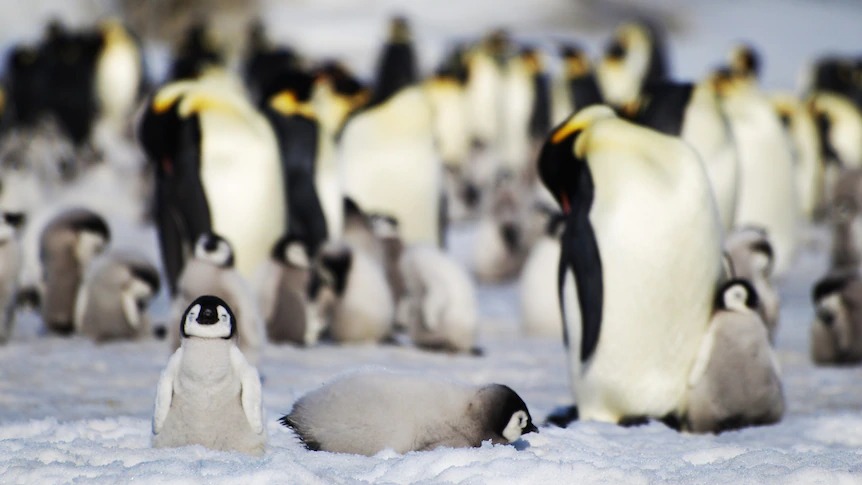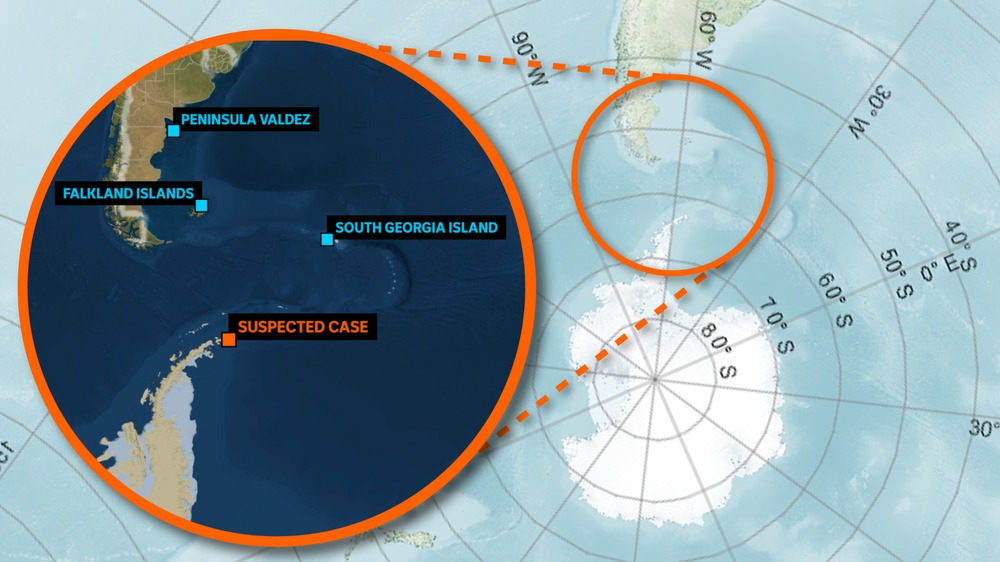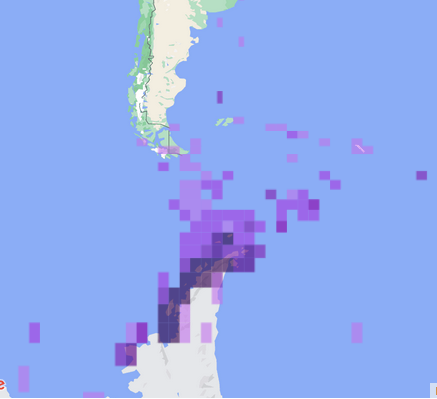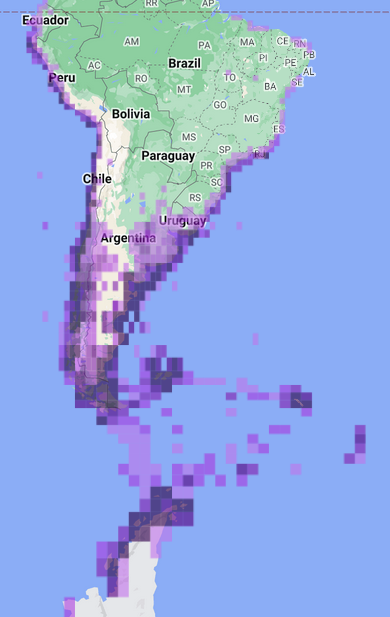
There are fears for Antarctica’s wildlife as avian influenza edges closer to the icy continent.
In short: The highly contagious and deadly H5N1 strain of bird flu has been tearing a path of devastation across South America.
As researchers investigate a suspected case of avian influenza on the tip of the Antarctic Peninsula, a new study shows almost 70 per cent of elephant seal pups in Argentina died after an outbreak.
What’s next? Experts working with the Australian Antarctic Program have travelled to Antarctica and the sub-Antarctic this summer to monitor wildlife for signs of the H5N1 strain of the disease.
It’s only a suspected case for now, but the discovery in the past week of a single bird with potential avian influenza could mark the realisation of scientists’ worst fears.
For months, the highly contagious and deadly H5N1 strain of bird flu has been tearing a path of devastation across South America.
Now there are concerns the disease may have finally reached the tip of the Antarctic Peninsula, on the western side of the continent.
“The impact will potentially be catastrophic,” Michelle Wille, a senior research fellow at the Centre for Pathogen Genomics at the University of Melbourne, said.

A suspected case of avian influenza has been identified on the Antarctic Peninsula.
The suspected case, which is listed on the Antarctic Wildlife Health Network’s database, involves a gull-like bird known as a brown skua.
It was observed by researchers on an outcrop called Heroina Island.
Getting confirmation of the case is difficult, as samples cannot always be collected in remote locations.
And even if they are, it can take many days, if not weeks, to analyse them at laboratories thousands of kilometres away.
If the latest suspected case is avian influenza, it would be the closest the disease has been to Antarctica, after previously being detected as near as the Falkland Islands and South Georgia Island.
Preventing its further spread across the frozen continent — including the vast section in the east claimed by Australia — is near impossible.
“In South America, the virus travelled the entire 6,000-kilometre spine in about six months,” Dr Wille said.
“So this virus has the capacity to move vast distances, fast.
“We can only hope that it does not reach the Australian Antarctic Territory this austral summer.
“If it does, it will likely do so with a trail of destruction.”
More:
https://www.abc.net.au/news/2024-01-08/antarctic-bird-flu-h5n1-threat-scientists-fear-worst/103287708



